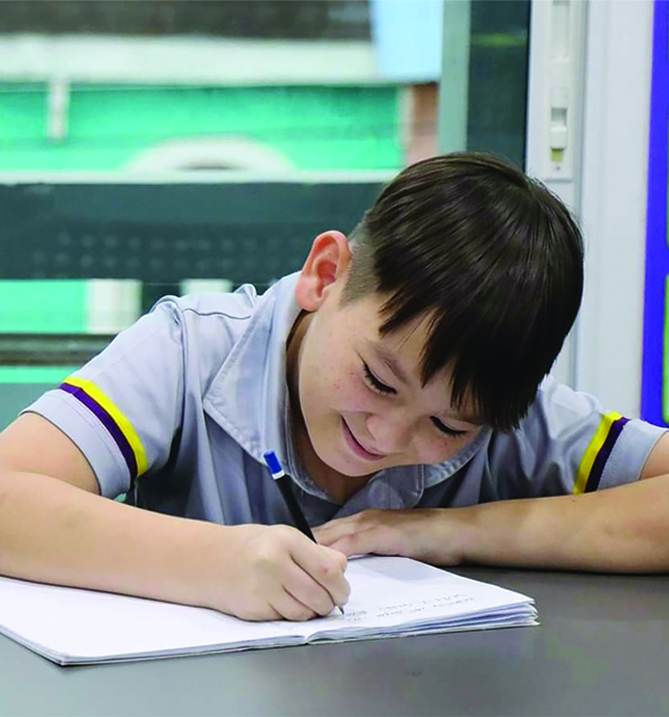Unlocking the Potential of Accelerated Learning

In the ever-evolving landscape of education, parents are constantly seeking innovative methods to enhance their children’s learning experiences and boost academic achievements. Among the plethora of pedagogical strategies, one that stands out as a for its effectiveness is “spaced practice” combined with the “Leitner Method.” These techniques have shown remarkable results in accelerating learning, fostering retention, and transforming study routines into a lifelong skill. In this article, we shed light on how parents can harness these tools to nurture accelerated learners.
Spaced Practice: The Science Behind Learning Spaced practice is a learning approach rooted in cognitive psychology and memory research. The concept is simple yet profound: instead of cramming information into a single intense study session, spaced practice involves distributing study sessions over time. It is based on the idea that memory retention and long-term learning are significantly enhanced when information is revisited at intervals. This approach capitalises on the brain’s ability to consolidate and reinforce knowledge when exposed to the same material repeatedly but with adequate gaps between each exposure.
The benefits of spaced practice are manifold. First and foremost, it helps prevent the notorious “forgetting curve” that plagues traditional cramming. By revisiting material at spaced intervals, learners reinforce their memory, making it more likely that the information will be retained over the long term. Moreover, spaced practice promotes deeper understanding and better comprehension, as learners engage with the material multiple times from different angles. It also reduces the overall time required for effective learning, as shorter but more frequent study sessions can be more efficient than marathon cramming sessions.
The Leitner Method: A Structured Approach to Spaced Practice
While spaced practice offers a promising framework for learning, implementing it effectively can be a challenge, especially for young learners. This is where the Leitner Method comes into play. Named after its creator, Sebastian Leitner, a German science journalist, this method provides a structured and systematic approach to spaced practice, making it accessible for learners of all ages. The Leitner Method is centred around the use of flashcards. Here’s how it works: learners create a set of flashcards with questions or information on one side and answers or explanations on the other. These flashcards are then divided into different boxes or groups. Learners start with all the cards in Box 1. During a study session, they go through the cards and attempt to answer each question. If they answer correctly, the card is moved to Box 2. If they answer incorrectly, the card remains in Box 1. The brilliance of the Leitner Method lies in its structure. As learners continue their study sessions, they focus more on the cards in Box 1, which contain the material they struggle with the most. As they progress and successfully answer cards from Box 1, these cards gradually move to Box 2, then to Box 3, and so on. By the time a card reaches the final box, learners have mastered the material and need only occasional review to maintain their knowledge.
Other Accelerated Learning Techniques
In addition to spaced practice and the Leitner Method, there are several other accelerated learning techniques that parents can explore to further enhance their children’s learning experiences: Mnemonic Devices: Mnemonics, such as acronyms, rhymes, and visual imagery, can help children remember complex information by associating it with easier-to-recall cues.
Active Learning: Encourage your child to actively engage with the material through discussions, debates, or hands-on activities. Active learning promotes deeper understanding and critical thinking. Ask questions that require your children to explain their understanding, edit and predict.
Mind Mapping: Mind maps are visual representations of information that help children organise and connect concepts. They are particularly useful for subjects that involve complex relationships between ideas.
Peer Teaching: Encourage your child to teach what they’ve learned to a peer or family member. Teaching others reinforces their own understanding and helps identify areas where they need further clarification. Online Learning Platforms: Explore educational websites and apps that offer interactive lessons, quizzes, and games. These platforms can make learning more engaging and enjoyable for children.
Balanced Nutrition and Rest: Ensure that your child maintains a healthy diet and gets adequate rest. Physical well-being plays a significant role in cognitive performance. In conclusion, spaced practice, the Leitner Method, and other accelerated learning techniques offer a powerful toolkit for nurturing accelerated learners in the home environment. By embracing these methods and fostering a love for structured, efficient learning, parents can equip their children with invaluable skills that extend far beyond the classroom. Remember, learning is a lifelong journey, and these methods empower children to become not just students but self-directed and motivated learners who can excel in any field they choose to pursue.
The British Learning Centre Pattaya
